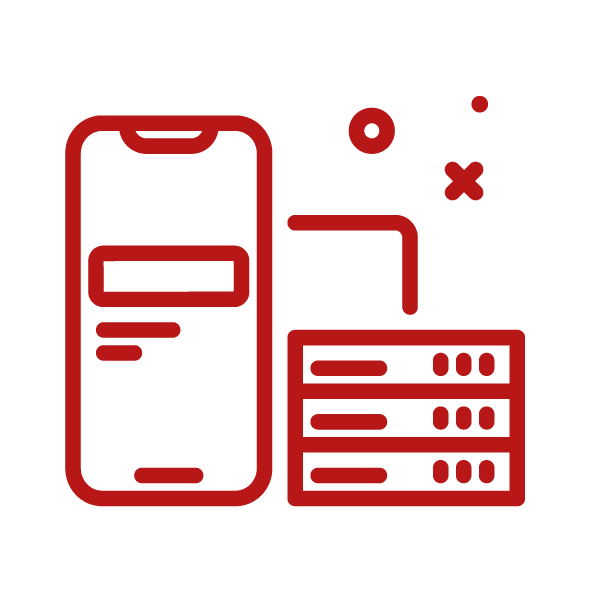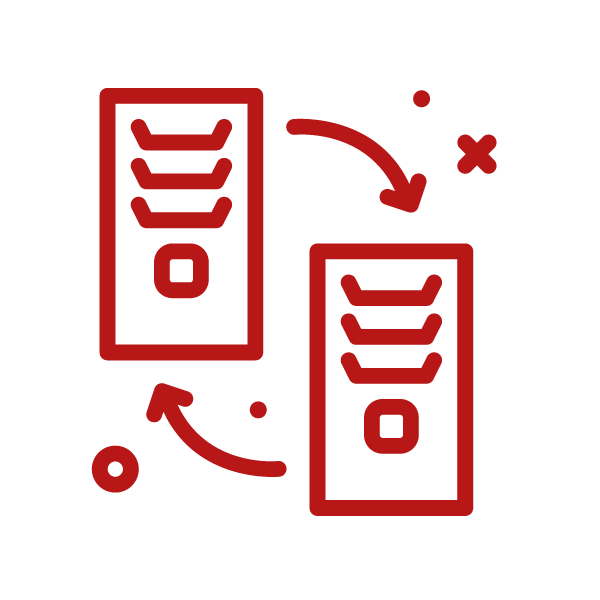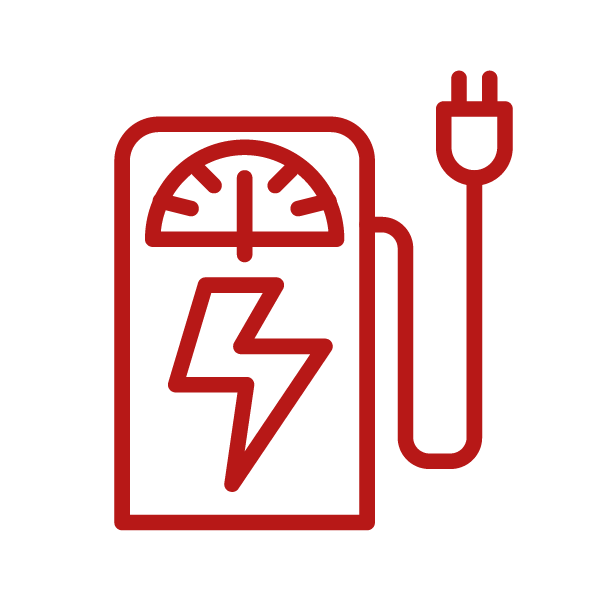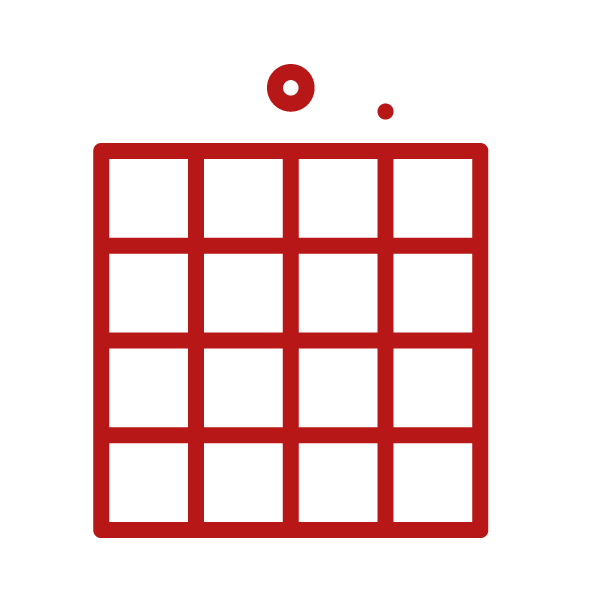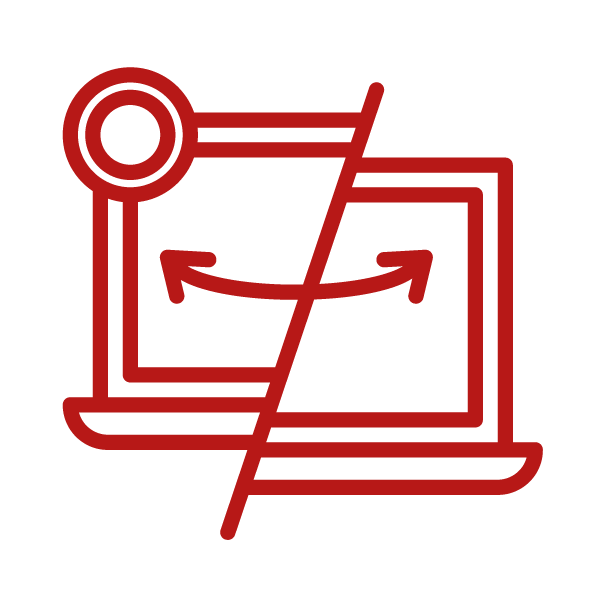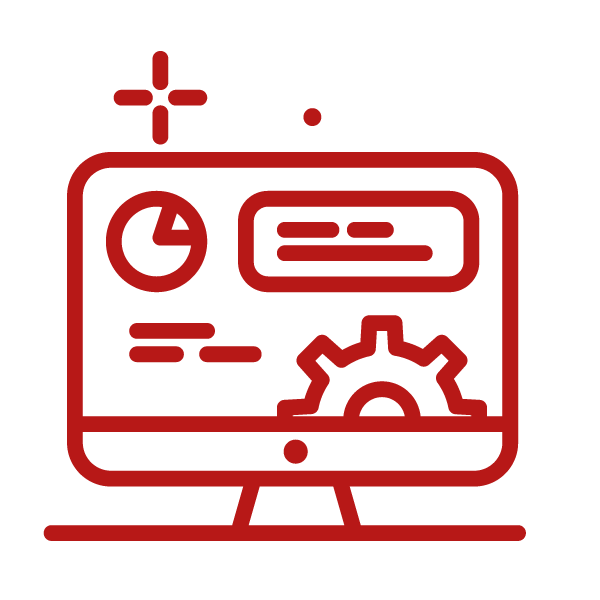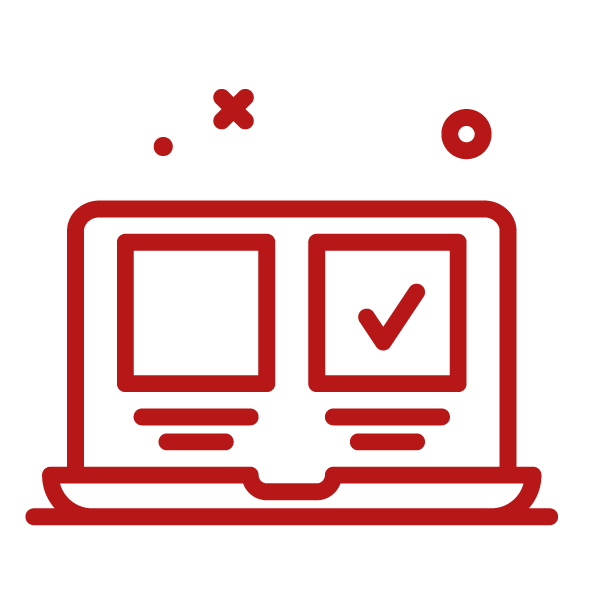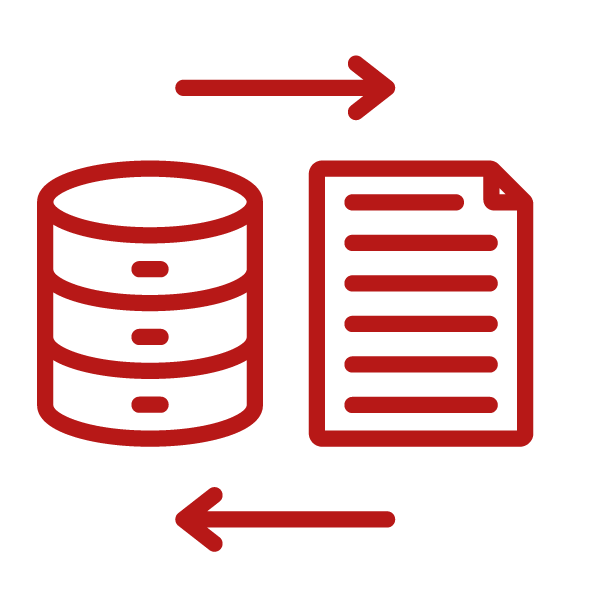Data Reduction
Potential Analysis
How to reduce data volume before
migrating to SAP S/4HANA
One of the pain points of migrating to SAP S/4HANA is understanding exactly how much and which data needs to be transferred to the new environment.
At Data Migration International, we have been working with SAP customers for decades and are experts in the SAP ecosystem.
Designed to simplify and accelerate the data migration process, our JiVS Information Management Platform has supported companies worldwide with their migration to S/4HANA.
However, we recognized the need among SAP customers to understand exactly what data needs to be transferred, before they embark on their migration to S/4. This is why our teams spent months developing, testing, and piloting the Data Reduction Potential Analysis (DRPA) solution.
Powered by the JiVS One Click Cockpit, the DRPA provides a simulation demonstrating how much they can potentially reduce their data by. Some of our customers have reduced their data volume by an incredible 95%.
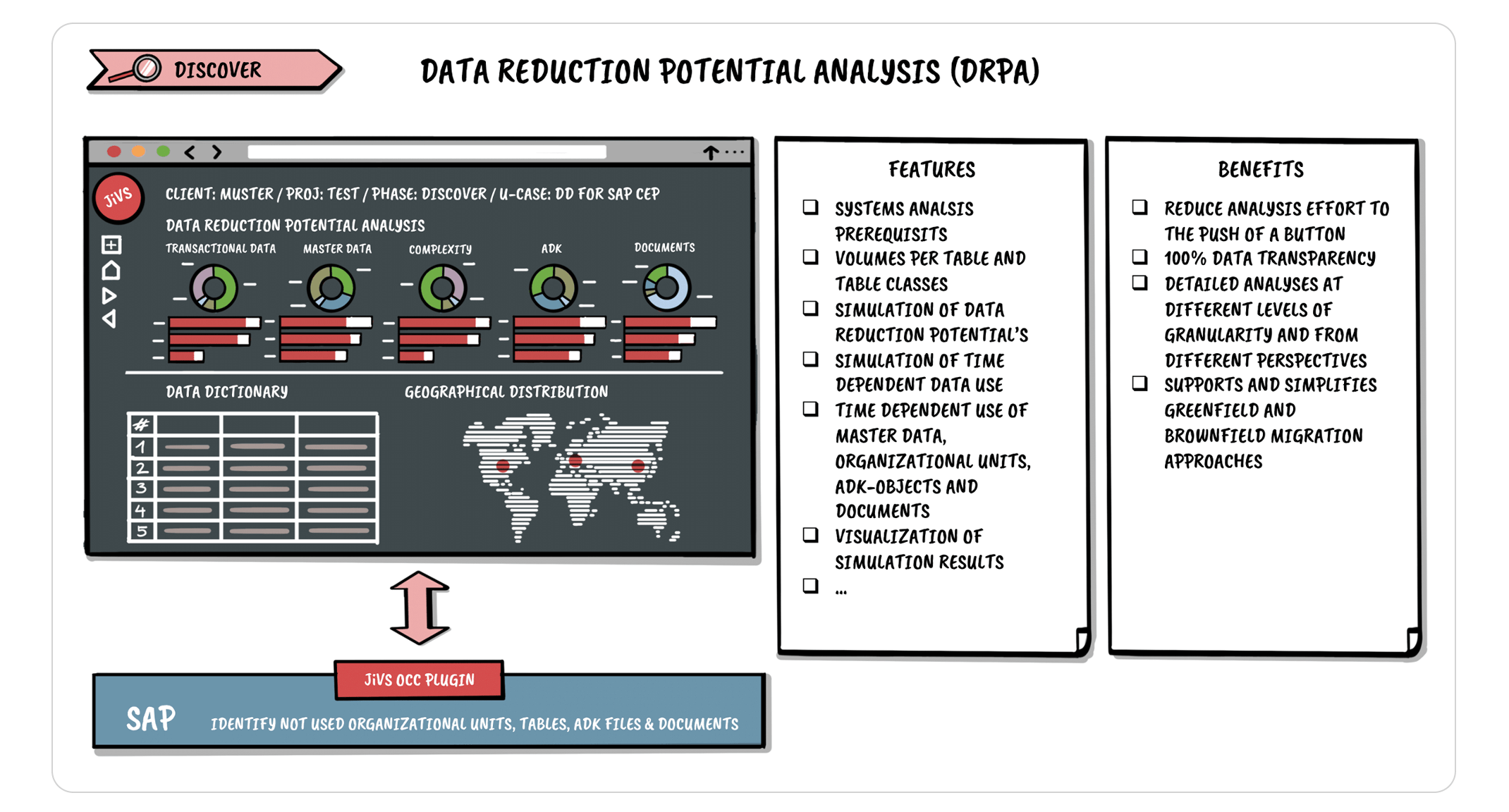
Why is data reduction so important for SAP S/4HANA?
Less effort to cleanse, harmonize, enrich, and transform only the data that is needed.
Legacy data is archived on JiVS, so legacy systems can be decommissioned.
Less data storage required due to reduced data footprint.
Lower IT operating costs.
Reduced energy consumption and carbon footprint.
100% transparency.
Faster migration process.
How does the DRPA work?
Extraction
After deciding what data is to be analyzed, filters can be applied, such as client level, fiscal year, purchase organization, company code, and so on. All the associated data on the source systems is analyzed and imported into the cloud-based JiVS One Click Cockpit.
Analysis and simulation
This step involves the analysis of the data and we can run several DRPA simulations at once. The analysis is based on the time-dependent use of master data, organizational units, ADK objects, and documents. Depending on how much data a company has stored on its source systems, this step usually lasts just 1 to 2 weeks – largely thanks to the advanced automation capability that we have built into the solution.
Presentation of the results
Once the simulation is complete, it is time to visualize the results. Dashboards in the One Click Cockpit indicate how much of the data is historical and how much is operational. In other words, how much data can be archived and how much needs to be migrated to S/4.
After talking through the simulation results with the customer, highlighting their company’s data reduction potential, the discussion can then progress to the actual migration process itself with the support of the JiVS platform.
What are the benefits of a DRPA?

Analysis effort is massively reduced as the analysis is performed at the click of a button.

By performing detailed analyses at different levels of granularity and from different perspectives, the customer has a 360° view of their operational and historical data.

Supports greenfield and brownfield migration approaches.

100% data transparency achieved.
Do you want to find out your company’s data reduction potential?
Let us simulate how much you can reduce your data by so you can realize the economic, operational, and environmental benefits of migrating to SAP S/4HANA with the support of JiVS.


